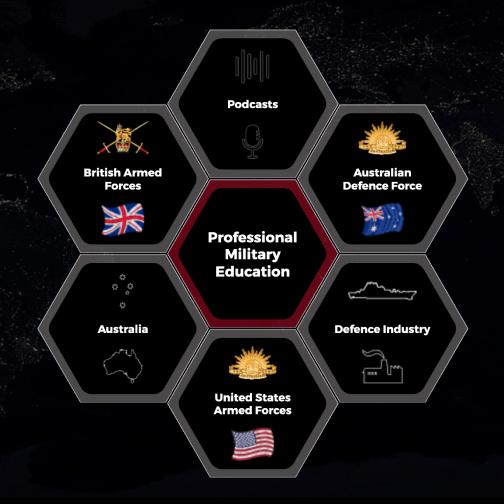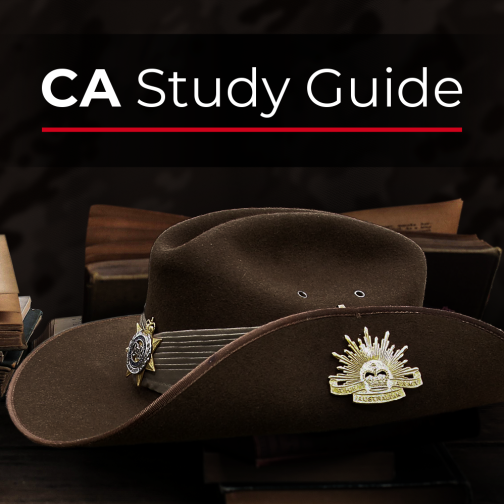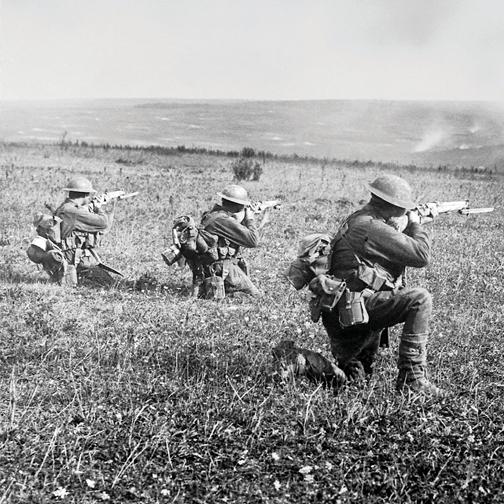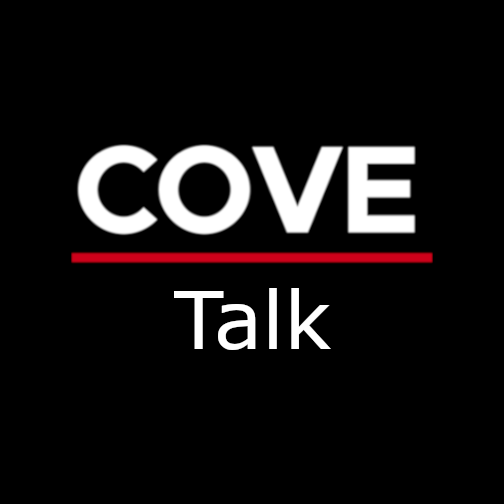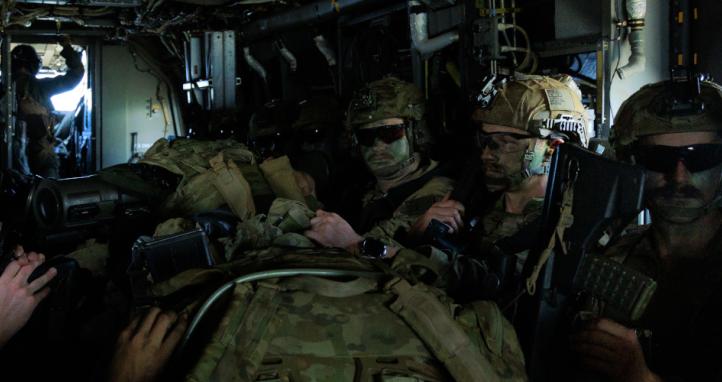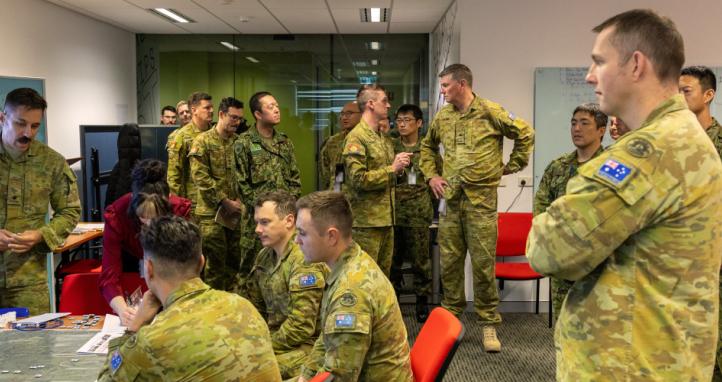You're in the mess, tucking into sausage rolls after a harder-than-normal company PT session. As you're quietly wiping the tomato sauce off your rank slide you look up to see your female colleague enter the mess and make her way to your table. She looks odd somehow and she's clearly in visual discomfort.
‘Those burpees still hurting you, mate?’ You remark as you load your paper plate with a cheeky party pie and a token strawberry, smirking to yourself at the juxtaposition of a healthy red strawberry to the recent visual trauma of red PTI shorts.
No reply. You look up to repeat yourself. ‘Those burpe….’ but you don’t get to finish before you see her grimace in pain and collapse to the floor, crashing in front of you and 20 or so other people. Plates flip to the floor. Sausage rolls scatter. Conversations stop. It’s no longer mornos but now a critical incident requiring life-saving care. And you are the first responder.
You jump to action.
Recalling your first aid training you rapidly assess the situation.
You can't identify hazards or danger.
But she's not responding.
You tell a bystander to call 000.
You swore you didn't see her eat anything, but you check her airways.
It's clear.
But she's still not breathing.
C. CPR. You need to perform CPR. You need to perform CPR on a woman.
How do you do that? Where do you place your hands? Do you open her shirt? But you’ll expose her bra. And her breasts! What will other people think? What will they think of you? What if people see? Her colleagues? Her boss? Her subordinates!
There's an AED nearby. But what about the bra. Do you remove it? Is it a wire bra? How do you tell? Will the defib cause burns? Where do you place the pads? What if her breasts cover where the AED wants you to place the pad? Do you put the pad on the breast? Or can you move them? Can you touch her breasts? What will someone say? Will they interject? Will they interfere? Will they accuse you of being inappropriate?
Research suggests one or more of these questions would be running through your mind – or raised by a concerned bystander.
Although well-intentioned, the effect is to delay life-saving intervention. While you’re questioning the appropriateness or the best method to conduct CPR, your colleague’s brain is dying. In the time it took to read the questions above, her survival rate would have already dropped by 5-7%. In fact, for every minute someone is in cardiac arrest and without CPR/AED, it is estimated their chances of survival, regardless of gender, drops by 10%.
The need for early intervention is therefore clear, yet women in Australia are less likely to receive effective CPR than men.
Why?
To be crude, because of boobs.
Research suggests this statistic is influenced by poor compression technique, incorrect application of an AED, or hesitation from concerns of inappropriate touching or from causing injury.
With female representation increasing to 1 in 5 across the ADF, do your first-aiders know how to perform effective CPR on your female colleagues?
Chances are that the answer is no.
In-service manikins have no gender characteristics, are flat-chested, homogeneous, and ultimately unrealistic. They are perfect for learning foundational core skills on compressions, breaths, and rhythm. Still, our combat doctrine states that a training approach that inoculates operators against combat stressors will increase combat effectiveness. Our first aid training should embrace a similar perspective.
To this end, if you're panelled on a Force Preparation Course at 39 Operational Support Battalion, you will now train on manikins enhanced with life-like skin tones, hair colours, and yes – breasts and bras.

Appearance of the in-service manikin (L) to the same model enhanced with gender characteristics (R)
The impact of these training aids has been immediate and highlighted the following learning points, which often distract first aiders from their life-saving chest compressions:
"Do I remove the bra?"
Answer: It’s not necessary. Whilst it is important to expose the chest to facilitate correct hand placement, removal of the bra is not required unless it is restrictive or impeding chest compressions. Therefore, don't waste time removing it – in this scenario, literally every minute counts.
"Where do I now place my hands?"
Answer: no change. The chest bone is in the same location, with or without breasts. Place your hands on the lower half of the sternum. Place the heel of your hand in the centre of the chest with the other hand on top. This applies equally to men, women, and children.

"But compressions on a woman's chest might cause injury."
Answer: Yes, but not for the reasons you think. Chest compressions will commonly cause rib fractures or other injuries, yet it is an acceptable consequence of CPR (given the alternative of death). This is the case regardless of gender. The presence – or absence – of breasts does not change the risk of injury.
"Doesn’t a wire bra interfere with the AED and cause burns?"
Answer: There is no specific data on whether the wire in an underwire bra will interfere with successful defibrillation. If the pads can be placed correctly without needing to remove the bra, then there is no need to waste time (or to interrupt compressions) trying to remove it.
“But the breasts/bra are in the way of the AED pads”
Answer: AED pads MUST be placed on bare skin and not over breast tissue. Grab and move her breast if you need to. If the bra or any clothing is obstructing the pad placement, then remove/cut it off.

These learning points only arose due to the somewhat confrontational nature of training on manikins with breasts. Correctly recalling theory is simply insufficient when confronted with the stress of a life-or-death situation. Conversely, the practical training on gender-inclusive manikins at 39 Operational Support Battalion has been overwhelmingly positive.
If you think this is a good idea, submit a RODUM for gender representation in our CPR training. The exemplar ‘manniskin‘ is low risk, commercial off the shelf, and easy to adopt with the in-service Little Anne CPR manikins.
The ‘manniskin’ is a simple and viable modification that is highly recommended, backed by research, and could save your mate’s life.
